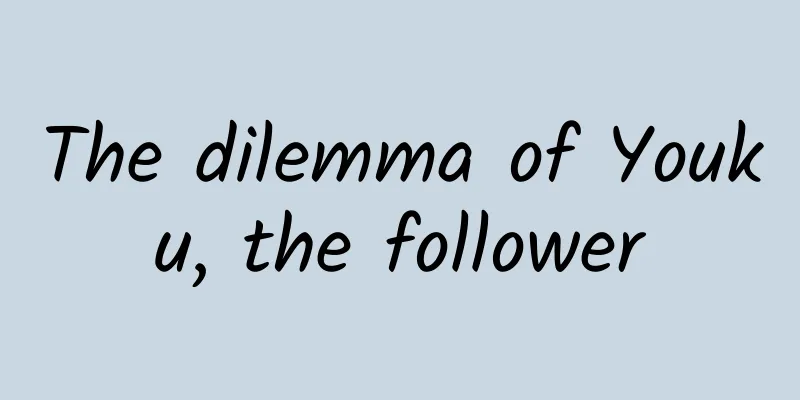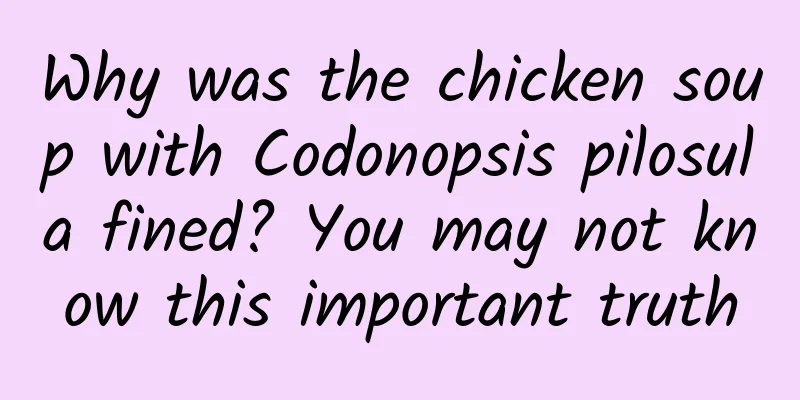The "cooked cakes" sold by Wu Dalang were not sesame cakes! But maybe... steamed buns?

|
Everyone knows that Wu Dalang from Qinghe County, Shandong Province, sells cakes. But if you ask Wu Dalang what kind of cakes he sells, many people may be confused. Shaobing? Indeed, we often see sesame cakes sold with Wu Dalang's name on them. Even the Shandong Office in Beijing has a delicacy called "Wu Dalang Shaobing", which seems to have been officially certified. Pancakes? Indeed, Shandong is the hometown of pancakes. It is very likely that we will even see many shops named "Wu Dalang Shaobing" that sell pancakes. Image source: Internet However, there is another theory on the Internet that sounds far-fetched: the cakes sold by Wu Dalang might actually be steamed buns . What is going on? Let's find out with the book "The Essence of Chinese Agricultural Culture (Food Processing Volume): The Creation of Food and Food". Since the Han Dynasty, "bing" has become a general term for processed flour foods. Liu Xi's "Explanation of Names and Food" gives a particularly vivid explanation of "bing": "bing means to combine, and to combine flour and flour. Hu bing is made of large and thick stuffing, and it also means to cover it with sesame. Steamed bing, soup bing, scorpion bing, marrow bing, golden bing, rope bing and the like are all named according to their shapes." Cake is a food made by adding water to flour processed from grains to combine the powder . Hu bing, steamed bing, soup bing, scorpion bing, marrow bing, gold bing, rope bing, etc. are all staple foods named according to their processing methods and shapes. Pottery figurines processing noodles, from Tang Dynasty Tomb No. 201 in the Astana Cemetery in Turpan, Xinjiang, painted by Wang Xianming, collected by Xinjiang Uygur Autonomous Region Museum It seems that any pasta made from water and flour can be called a "bing". In "Water Margin", it is described that the bing sold by Wu Dalang is called "chuibing". What kind of bing is chuibing? In the Water Margin, Wu Song once said to Wu Dalang before they parted: "If you sell ten baskets of steamed buns every day, starting from tomorrow, you should only make five baskets to sell." If it is sold by the basket, it seems to be closer to steamed buns, like steamed food. As early as the Han Dynasty, steamed pasta appeared. The steamed cake in the Han Dynasty was also a category concept, referring to all pasta processed by steaming, including dead dough cake, leavened dough cake, solid cake, stuffed cake, etc. Wu Dalang carrying a steamer in the TV series "Water Margin" Leavened bread had already appeared in the Han Dynasty. "Monthly Orders for the Four People" mentioned a kind of "wine-soaked cake" that "melts when put into water" and is easy to digest and absorb. This steamed cake made of wine and flour, which melts when put into water, is generally considered to be the earliest leavened bread. "The Biography of He Zeng" in "Book of Jin" records that He Zeng, a founding hero of the Western Jin Dynasty, lived a luxurious life and "would not eat the steamed cake unless it was cracked into a cross shape." This steamed cake is a leavened bread, similar to the current "flowering steamed bun." The fact that the dough can be fermented until the surface cracks into a cross pattern shows that the flour fermentation technology at that time was already relatively mature. A mural depicting steamed noodles from the Liao Dynasty, from the tomb of Zhao Dejun in Dongcheng District, Beijing. On the east wall of the tomb, a cook is kneading dough on a table, as if preparing to make noodles; on the west wall, a cook is holding a steamed bun and a steamed dumpling, about to serve them to the owner. Image source: Xu Guangji, chief editor of "Complete Collection of Unearthed Chinese Murals: Beijing Jiangsu Volume" In the Song Dynasty, in order to avoid the name of Emperor Renzong, steamed cakes were renamed "cooked cakes". Therefore, the cooked cakes sold by Wu Dalang in "Water Margin" were steamed cakes. The dough-making technology in the Song Dynasty had improved. According to the record in Volume 6 of Cheng Dachang's "Yan Fan Lu", to make dough cakes, yeast dough was added to the flour to "make it fluffy". It can be seen that the Song Dynasty had begun to use old yeast dough to make dough. From this perspective, isn’t it more likely that Wu Dalang was selling steamed buns? Friends who have read "Romance of the Three Kingdoms" may ask, wasn't steamed bun invented by Zhuge Liang during the Three Kingdoms period? If Wu Dalang was selling steamed buns, why not just call them steamed buns? The steamed buns we talk about today are not quite the same as the steamed buns that the ancients talked about . The Liao Dynasty mural of serving noodles (copy) is from the Liao Tomb of Dishuihu in Aluzhaogacha, Chaganhada Sumu, Balin Left Banner, Inner Mongolia, and is collected by Balin Right Banner Museum. In the picture, two male servants are carrying large black and red lacquer food plates, on which are placed 9 plates of various noodles, among which steamed buns and dumplings can be identified. Image source: The Complete Collection of Unearthed Chinese Murals, Inner Mongolia Volume, edited by Xu Guangji According to Volume 9 of Gao Yuan's Shiwu Jiyuan in the Song Dynasty, steamed buns were invented by Zhuge Liang to change the customs of the barbarians. He changed the local custom of sacrificing human heads to "mantou" stuffed with pork and mutton and wrapped in flour. Therefore, steamed buns were a kind of stuffed flour food from the beginning . The difference between steamed buns and what we call "baozi" today may be that steamed buns have folds on the surface, while steamed buns are smooth hemispherical. In fact, the "cooked cakes" sold by Wu Dalang in the CCTV version of "Water Margin" are also the image of the steamed buns we eat today. At present, at least we can be sure that the steamed cakes sold by Wu Dalang are a kind of steamed pasta, which may be made of leavened dough or "unleavened dough" . As for what it looks like, further research is needed. Planning and production Source: Book "The Essence of Chinese Agricultural Culture (Food Processing Volume): Food Processing", Science Popularization Press Author: Fu Juan, Associate Researcher at China Agricultural Museum Planning丨He Tong Editor: He Tong Proofread by Xu Lai and Lin Lin |
<<: Are the dancing stars too boring? Or maybe too fat...
>>: Insomnia = high blood pressure. Did you know that high blood pressure is caused by sleeping?
Recommend
If creativity is not enough, then malicious intent can be used to make up for it. Because the prospects for iPhone 7 are worrying, what tricks has Apple invented?
Since the death of Steve Jobs, the voices critici...
Getting started with information flow advertising, what are the dimensions that can be optimized?
With the explosive growth of mobile Internet , th...
After using iOS 15, I am sure Apple has no solution
After looking forward to it for a long time, Appl...
Drinking coffee before shopping could cost you half the money
In the past, I often heard people say, "It&#...
First appearance! The kneeling figure and bronze beast of Sanxingdui are combined
On January 1, the Sichuan Provincial Institute of...
Even rarer than giant pandas! This "cute creature" was photographed again, super cute!
This one A cute creature that looks like both a m...
The latest news on the epidemic in Huaihua, Hunan in 2022: Is the city under lockdown? When will the ban be lifted?
Recently, Changsha, Yueyang, Huaihua and other pl...
How do designers work with engineers to create UI animations?
Today, designer @Akane_Lee and an engineer share ...
3 tips for running the air conditioner to help you save hundreds of dollars in electricity bills per year
Review expert: Ji Hongzeng, PhD candidate in refr...
What are the optimization tips for Toutiao information flow ads? Here is the methodology!
There is too little exposure, why is there no sal...
Introduction to frequently used iOS third-party libraries and XCode plug-ins
Preface Third-party libraries are something that ...
How to use Android image resources to create a more sophisticated APP
Preface Due to the openness of the Android system...
Ford recalls more than 680,000 midsize cars in North America over seat belt faults
According to foreign media reports on December 3,...
Talk about the birth and use of AMS
[[375159]] Preface Today, we will continue to imp...
A Beginner's Guide to Brand Building
Brand building is a very difficult, lengthy and a...









